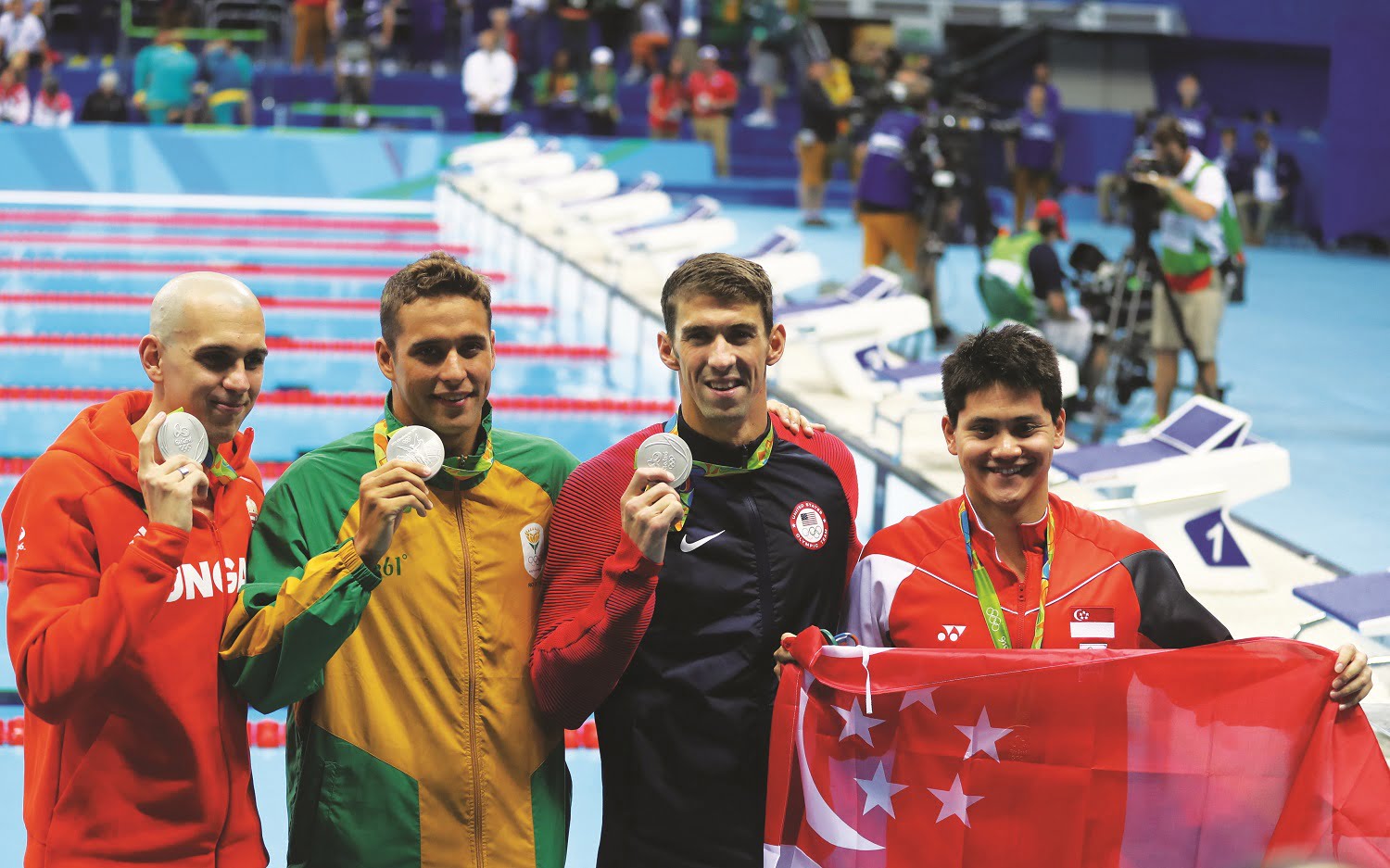
Singapore’s sporting culture was thrust into the global spotlight at the 2016 Olympics, when Joseph Schooling’s stellar performance in the 100m butterfly scored the country’s first Olympic gold medal. But the sporting tradition in Singapore stretches back as far as the country’s history. In the early days of the colony, British and European arrivals introduced organised sports from their home countries. Sporting clubs sprung up, forming an important part of the social life of expats.
Sporting Clubs in Colonial Days
The first sport to really gain traction in Singapore was horse racing. The Singapore Sporting Club formed in 1842, building a racetrack and grandstand in what is now Farrer Park. The first race was held in February 1843. In the 1920s, the Club was renamed the Singapore Turf Club and moved to Bukit Timah in 1933.
Another of the early colonial clubs was the Singapore Cricket Club (SCC), dating back to 1852. The club still stands proudly today at its original location in the city’s Civic District, on the edge of the Padang. As well as cricket, members played rugby and football during the club’s early days, with tennis and squash becoming popular in the early to mid-1900s.
Sport also played an important part in the development of clubs, such as ANZA, the Swiss Club, Hollandse Club and British Club. Club matches became integral to Singapore’s social life, connecting communities and celebrating the heritage of immigrants’ home countries.
The Chinese, Indian, Malay and other Asian communities formed their own clubs, for example the Straits Chinese Recreation Club. Founded in 1885, it started with cricket, hockey and football, with tennis also becoming popular after the turn of the century. The club still exists today, now located at Balestier Plain and renamed the Singapore Chinese Recreation Club. Directly opposite the Singapore Cricket Club, the Singapore Recreation Club was formed by a group of Eurasians to give their own community opportunities and facilities for team sports, especially cricket. The Chinese Swimming Club, the Indian Association and the Ceylon Sports Club are other ethnic sports clubs formed in the early 20th century, that are still thriving today.
In those days, sports clubs were almost exclusively male. During the early days of the SCC, women who wanted to watch the club’s sporting matches were restricted to the club’s upstairs veranda. So, in 1884, the Ladies Lawn Tennis Association was set up by the wives of SCC members. The club ran until 1932. The Eurasian community also set up a club for female sports, the Goldburn Sports Club (later renamed the Girls’ Sports Club). Starting in 1929 with 12 members, it helped to introduce team sports like hockey and netball into Singapore.
ANZA Sports
ANZA has played a significant role in Singapore’s sporting history. The ANZA International Junior Soccer team began in 1976 and quickly became an established group – first meeting at UWC playing fields, then Portsdown Road fields. Netball began in 1991, playing at courts at Tanglin Trust school and UWC on Saturday mornings. Tennis has long been an ANZA pastime, with women’s social tennis starting in 1979 and continuing today. Clubs that are no longer running include Keep Fit classes and Hockey! We now have some 15 sports groups and ANZA Soccer has almost 1000 players.
National Sports Associations and Facilities
In the early part of the 20th century, the government began building public sports facilities, such as the Mount Emily Swimming Complex, Farrer Park Sports Complex and Yan Kit Swimming Complex.
Lee Kuan Yew drove the development of Singapore’s largest sports facility, the National Stadium. It opened in 1973. With technology including sound systems, and electronic scoreboards, it was celebrated as one of the most advanced sports facilities in South
East Asia.
The early 1900s also saw the birth of public sports associations in Singapore. Some of the earliest were the Singapore Rifle Association, Football Association of Singapore and the Singapore Rugby Union. Now, the most popular spectator sport in Singapore is football, while the 2015 Singapore Sports Participation Survey named running, cycling, swimming, badminton, football and basketball as the most popular participation sports.
Sports Development
To further the development and success of Singapore’s elite athletes, the Singapore Sports Institute runs high performance training for athletes nominated by their respective sports association. Some of their current athletes are basketballers, track and field athletes, bowlers, volleyballers, swimmers, netballers, badminton and squash players. The institute also invests in sports science, medicine and technology, with a number of grants for innovation in sports-related fields. For younger athletes, the selective-entry Singapore Sports School offers development programs for many sports, including badminton, bowling, fencing, football, netball, shooting, swimming, table tennis, and track and field.
Singapore has competed in most of the summer Olympic Games since its establishment as a separate Crown Colony in 1948. While gold medals remained elusive until the most recent Games, Singapore has scored several silver and bronze:
1960, silver, lightweight weightlifting, Tan Howe Liang.
2008, silver, women’s table tennis team, Li Jiawei, Feng Tianwei and Wang Yuegu.
2012, bronze, women’s table tennis individual, Feng Tianwei
2012, bronze, women’s table tennis team, Li Jiawei, Feng Tianwei and Wang Yuegu.
2016, gold, 100m men’s butterfly, Joseph Schooling
2018 saw Singapore’s entry into the Winter Olympics, with speed skater Cheyenne Goh competing in the short track speed skating.
Singapore has a strong record at the Commonwealth Games over the years, with medals in seven sports: Table tennis, shooting, badminton, weightlifting, gymnastics, swimming and boxing.








